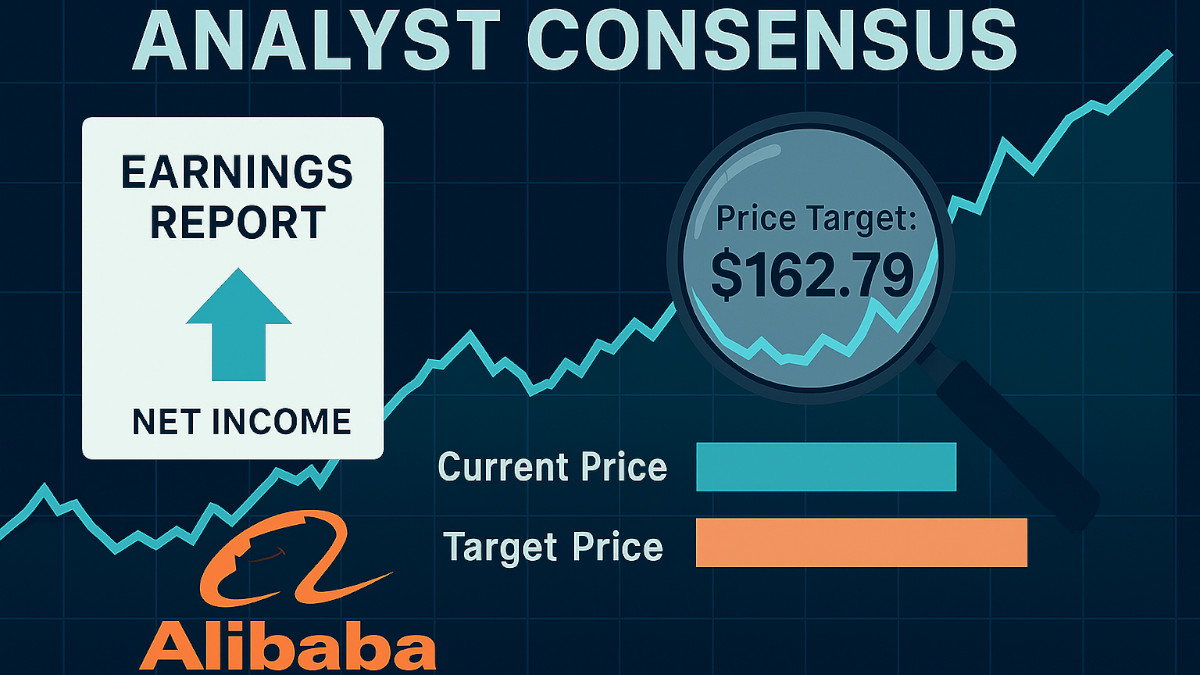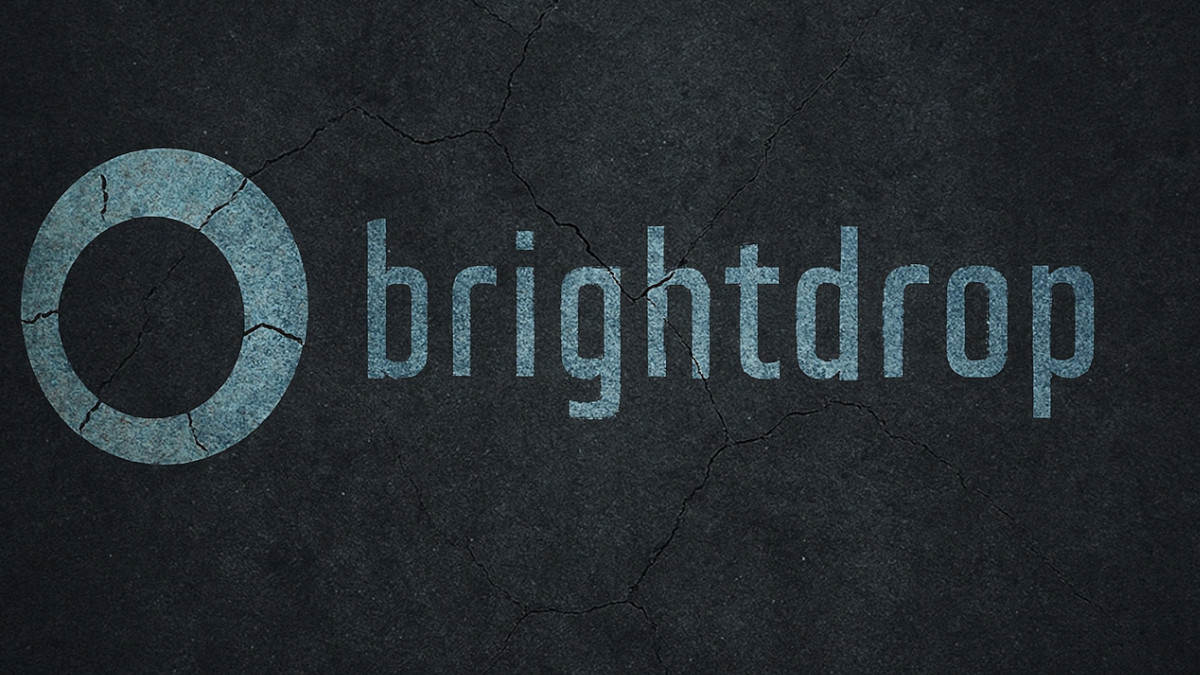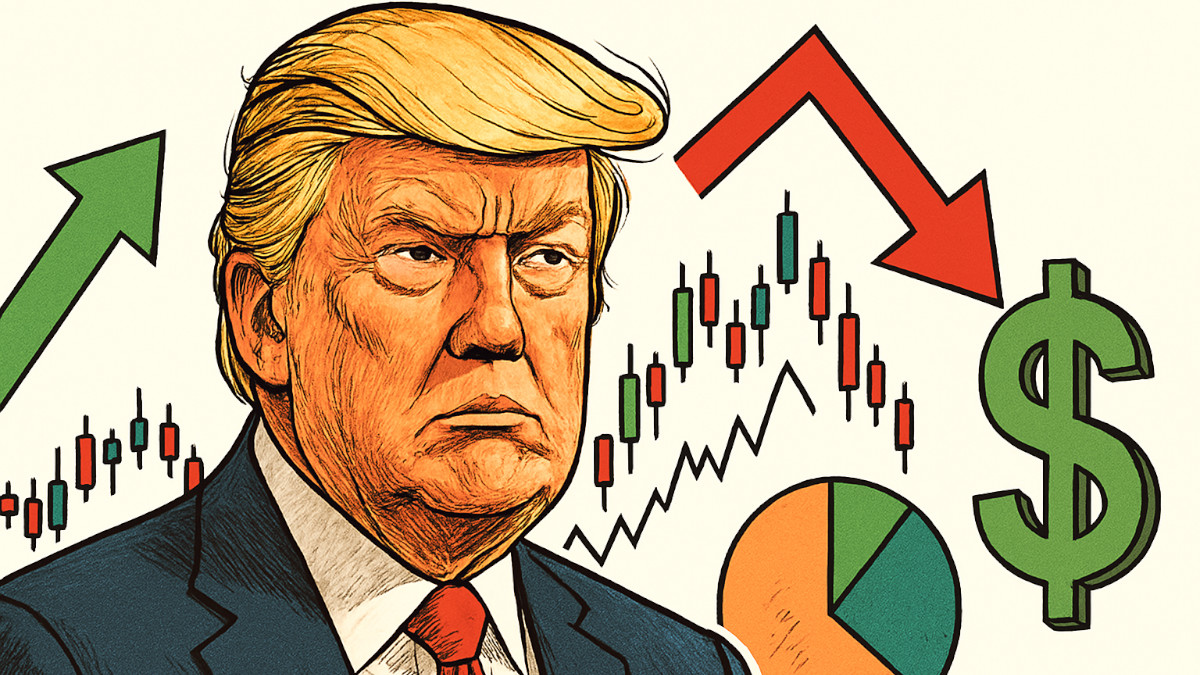- Analytics
- Trading News
- Barrick Gold Forecasts a 30% Production Increase by 2030
Barrick Gold Forecasts a 30% Production Increase by 2030

Barrick Gold (NYSE: GOLD) remains a key player in the gold mining sector, but for traders, the focus isn’t just on long-term fundamentals—it’s on price action, volatility, and potential catalysts that move the stock. Here’s a breakdown of Barrick Gold’s outlook from a trading perspective, evaluating its growth, profitability, and market positioning.
Evaluating Barrick Gold Corporation for Traders
Barrick Gold forecasts a 30% increase in gold-equivalent production by 2030, driven by organic growth. Expansion into copper mining, with major projects like Reko Diq in Pakistan and Lumwana Super Pit in Zambia, could add another bullish factor, given copper’s increasing role in green energy and infrastructure. Traders should watch for production milestones and commodity price trends as key catalysts.
The increased the Goldrush mine in Nevada (targeting 400,000 ounces per year by 2028) and the high-grade Fourmile project signal active sales expansion. For traders, this means potential stock movements around earnings reports and production updates. Key trading signals: Mine development progress and gold production figures.
Barrick’s 48% EBITDA margin in Q2 2024 reflects strong profitability, but gold price fluctuations heavily influence margins. Traders should track gold price correlations, as breakouts or pullbacks in gold prices will directly impact Barrick’s stock movement.
Barrick has cut net debt by $3.5 billion since 2019, maintaining financial flexibility. With operating cash flows supporting reinvestment, the company remains stable even during price swings. For short-term traders, keeping an eye on cost-cutting measures and balance sheet improvements can provide insight into stock resilience.
Barrick holds six Tier One gold mines, giving it a competitive advantage. Expanding into copper also diversifies its revenue streams, providing an additional hedge against gold market volatility. Traders should monitor copper market trends and macroeconomic shifts for trading opportunities.
Conclusion: How Should Traders Approach Barrick Gold
Barrick Gold remains a strong trading stock due to its high correlation with gold prices, predictable earnings catalysts, and global macroeconomic exposure.
- Short-term traders should focus on gold price action and production reports.
- Swing traders should look for entries near technical support levels, especially if gold prices trend higher.
- Options traders may find volatility opportunities around earnings and key production announcements.
While long-term investors might debate overvaluation or fair price, traders can capitalize on price swings driven by commodity trends, earnings surprises, and macroeconomic shifts. Barrick Gold is a stock where timing and external factors dictate profitability—trade accordingly.







